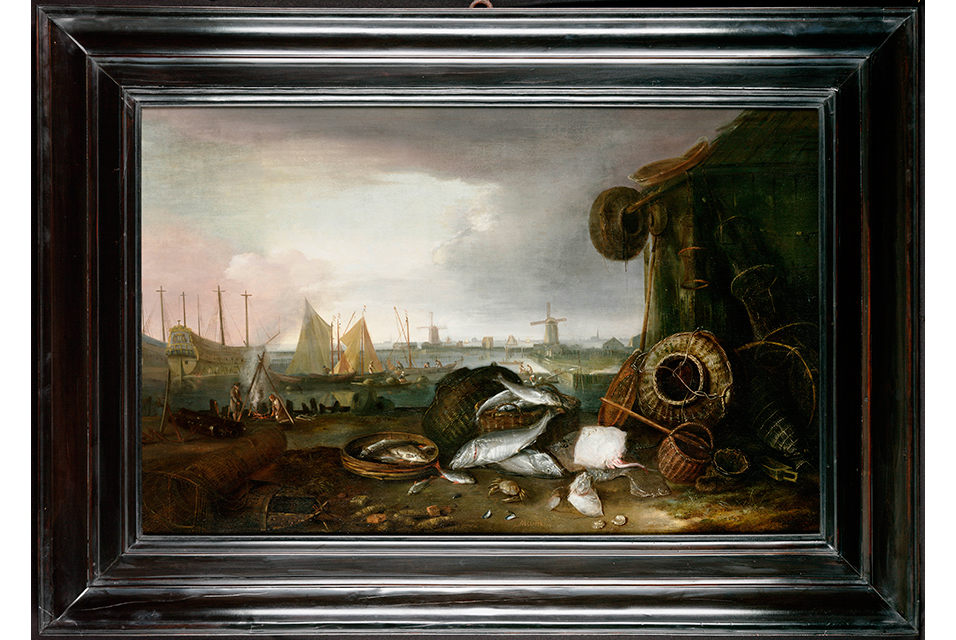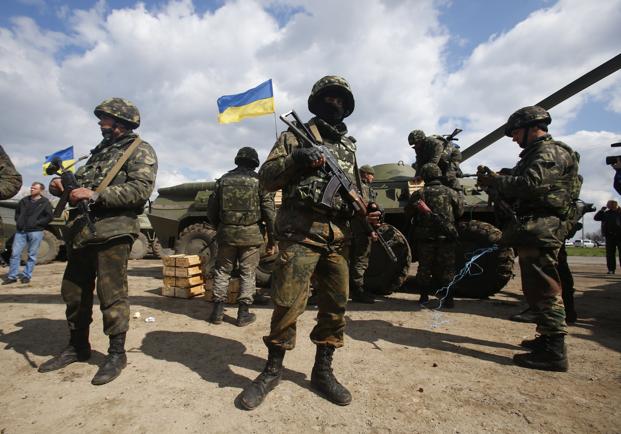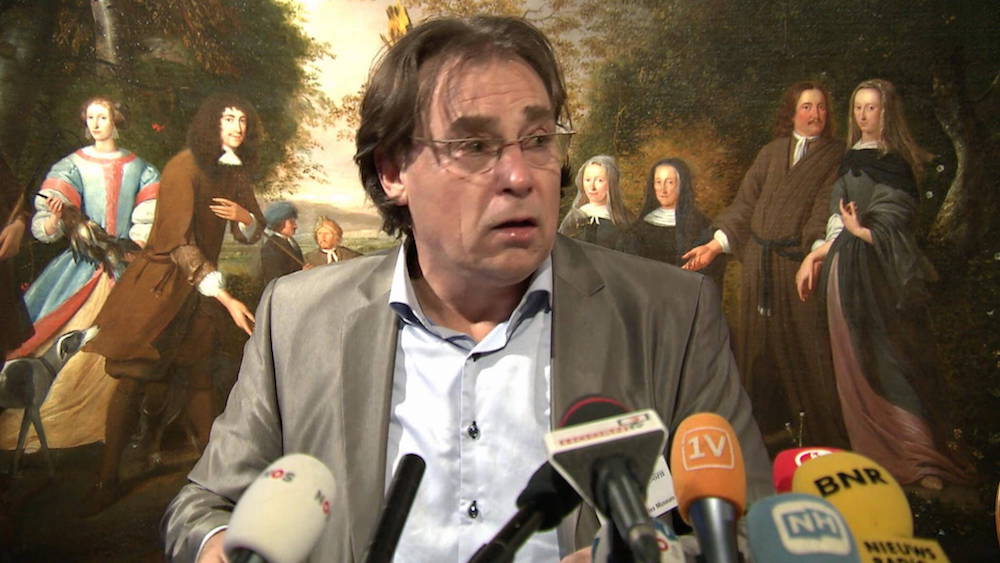Law & Politics
Ukrainian Militia Demands $55 Million Ransom for Stolen Dutch Paintings
The militia claims to have found the paintings in war-torn east Ukraine.

The militia claims to have found the paintings in war-torn east Ukraine.

Henri Neuendorf

Twenty four 17th-century Dutch Golden Age paintings have turned up in the Ukraine a decade after being stolen from a museum in the Netherlands.
Works by Jan Linsen, Jan van Goyen, Jacob Waben, and others were lifted in an art heist at the Westfries Museum in Hoorn, northwestern Holland, in 2005.
Five months ago, two representatives from the Organization of Ukrainian Nationalists militia entered the Dutch embassy in Kiev asking for a ransom of €50 million (about $55 million) for the return of the artworks, AFP reports.

Two militia representatives walked into the Dutch embassy in Kiev to make their demands.
Photo: Wikimapia
The ultra-nationalist group claims to have found the artworks in a villa in the embattled eastern Ukraine where Ukrainian forces are fighting pro-Russian separatists. The men reportedly showed Dutch authorities photographs of the paintings next to a recent newspaper as proof.
In response, the Dutch government employed art historian and illicit art expert Arthur Brand to negotiate the return. After meeting with militia leaders Brand said “it was clear their estimate of the art was totally unrealistic. They wanted €50 million.”
Brand explained that the value of the paintings was only about €10 million when the paintings were stolen. Taking into account the significant degradation of the artworks’ condition, the expert estimated their current value at €500,000.

Members of a Ukrainian nationalist militia claimed they found the paintings in a villa in war-torn eastern Ukraine.
Photo: livemint.com
Militia leaders went on to insist on claiming a “finder’s fee” of €5 million—after which the Dutch representatives broke off negotiations.
“Our collection is in the hands of corrupt people, deep in the Ukrainian political elite,” Westfries Museum director Ad Geerdink told Dutch daily De Telegraaf. “They refuse to give back the paintings and only want one thing: to earn rough money at the expense of our cultural heritage.”
After negotiations broke down, the museum hasv decided tomake the case public to prevent the works from being sold on the black market.

Westfries Museum director Ad Geerdink called for the immediate return of the artworks.
Photo: nos.nl
“The reason for our revelation is that there are very strong indications the paintings are now being offered for sale to other parties,” Geerdink said at a press conference. “Some may even already have been sold.”
This is the latest “artnapping” incident—the stealing of art for ransom—a practice which has gained popularity in the criminal world. In November, an Italian art thief demanded €150,000 ($162,972) for the safe return of a stolen Gustav Klimt painting. In April, the van Buuren Museum in Belgium negotiated a ransom with thieves for the return of a group of ten stolen paintings by Pieter Brueghel the Younger, James Ensor, and others.